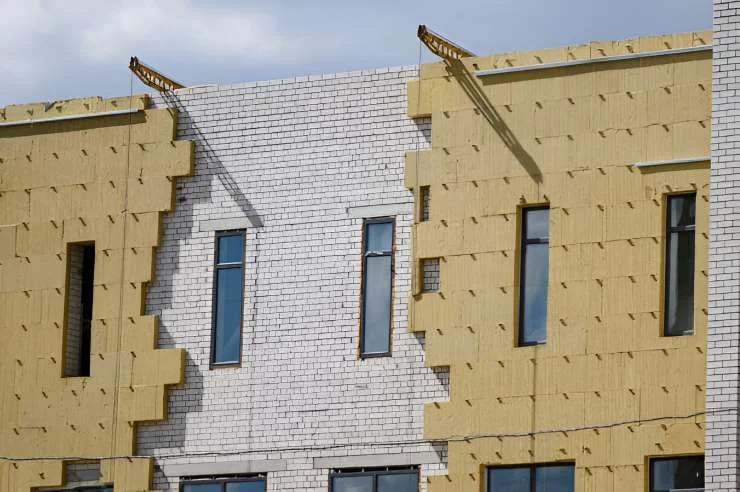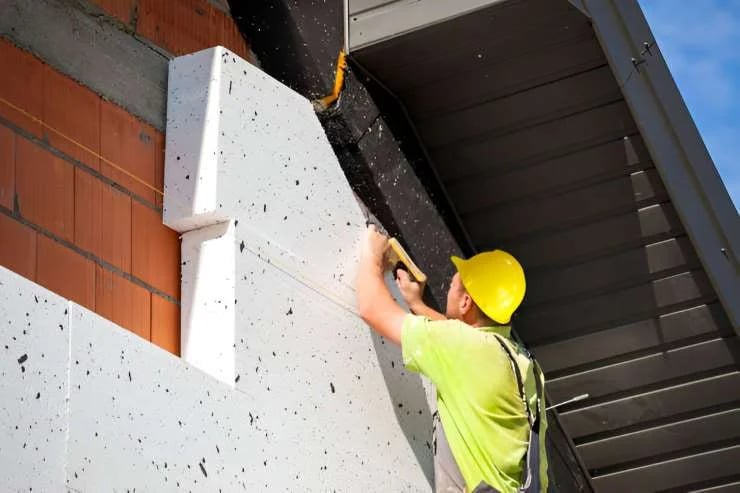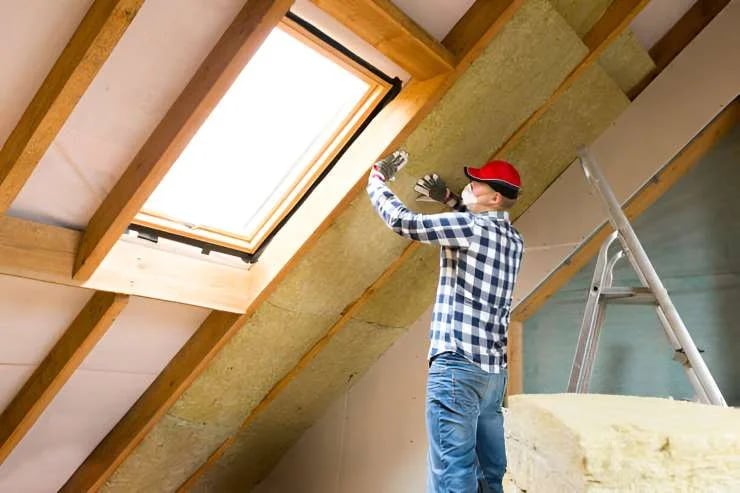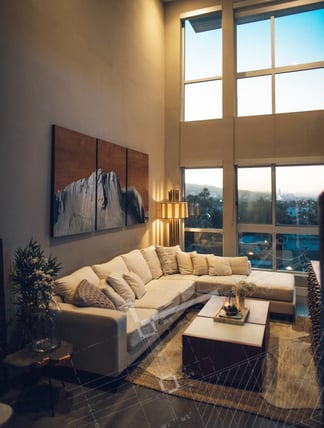The Power of Thermal Insulation: A Guide to Thermal Comfort
Learn what thermal insulation is! Our guide explains everything you need to know to improve your home's comfort, save on energy bills, and boost its value.

In recent years, the climate has demonstrated that temperature and comfort are two interconnected challenges, with thermal insulation playing an important role. We are becoming increasingly conscious of the necessity of thermal insulation in our houses. This guide shows how we can benefit from thermal insulation to improve the quality of life and save on energy costs.
What Is Thermal Insulation?
Thermal insulation is a substance or mixture of materials that, when appropriately applied, slows heat transfer by conduction, convection, and radiation. It works as a barrier, slowing the rate of heat loss in cold conditions and keeping it out in hot areas. The primary function of thermal insulation is to maintain a stable and comfortable indoor temperature, regardless of external weather conditions. Therefore, it is essential to modern construction and energy conservation efforts.
The Importance and Benefits of Thermal Insulation

Investment in house thermal insulation provides immediate and long-term benefits and may be recovered via cost savings. Here are some of them:
- Energy Efficiency: Thermal insulation in buildings helps to minimize energy consumption by keeping heat within during cold weather and outside during hot weather. This guarantees that your building is more energy efficient and will ultimately save you money on power costs.
- Condensation Prevention: Insulation can help prevent condensation on surfaces by maintaining the surface temperature above the dew point. This is particularly important in cold storage facilities or chilled water systems.
- Fire Protection: Non-combustible insulation prevents fires by limiting the spread of flame. Furthermore, Rockwool thermal insulation does not emit harmful poisonous smoke, which is crucial because smoke inhalation causes more injury than fires.
- Acoustic Insulation: It provides acceptable acoustic insulation. The polyurethane foam, rock wool, or glass wool that we can use to thermally insulate a house is also acoustic insulation.
- Environmentally Friendly: Thermal insulation considerably decreases reliance on natural gas and coal, lowering emissions of carbon dioxide, sulfur dioxide, and other damaging greenhouse gases.
- Improve the Value of Your Home: An energy-efficient home may be a strong selling factor for your property. Buyers are increasingly opting for energy-efficient houses that include thermal insulation, solar panels, and energy-efficient hot water systems.
Related: The Best Open Kitchen Ideas For Your Home.
Types of Insulation Materials

There are several inexpensive and conventional insulating materials available on the market today. Many of these have existed for quite some time. There are advantages and disadvantages to each of these insulating materials. The following are the most often used insulating materials:
Fiberglass
Fibreglass is one of the most often used insulating materials, made up of incredibly tiny glass fibres. It is widely utilized in a variety of insulation applications, including blankets (batts and rolls), loose-fill, rigid boards, and duct insulation.
Related: The Key Factors to Consider When Choosing a Door.
Mineral wool
The phrase "mineral wool" usually refers to two types of insulating materials:
- Rock wool is a man-made substance composed of natural minerals such as basalt or diabase.
- Slag wool is a man-made substance derived from blast furnace slag.
Cellulose
Cellulose insulation is perhaps one of the most eco-friendly forms of insulation. Cellulose is made from recycled cardboard, paper, and other similar materials and comes in loose form. Manufacturers add the mineral borate, sometimes blended with the less costly ammonium sulfate, to ensure fire and insect resistance.
Polystyrene
Polystyrene--a colourless, transparent thermoplastic--is commonly used to make foam board or beadboard insulation, concrete block insulation, and a type of loose-fill insulation consisting of small beads of polystyrene. Polystyrene is a waterproof thermoplastic foam that provides excellent sound and temperature insulation. It comes in two types: expanded (EPS) and extruded (XEPS), commonly known as Styrofoam.
Related:
Polyisocyanurate
Polyisocyanurate, sometimes known as polyiso, is a thermosetting polymeric closed-cell foam with low conductivity and no hydrochlorofluorocarbons in its cells.
Polyisocyanurate insulation is offered in three forms: liquid, spray foam, and rigid foam board. It may also be formed into laminated insulating panels with a variety of faces. Foamed-in-place polyisocyanurate insulation solutions are often less expensive than foam board installations and can perform better since the liquid foam moulds to all surfaces.
Where to Insulate in Your Home

- Attics and Flat Ceilings: The attic is perhaps the most critical section of your home to insulate. This is because warm air rises. So, if you don't have adequate attic insulation, all of your heated or conditioned air rises to the attic and escapes during the colder months.
- Side Walls: Insulate both the inner and outside walls adequately. Insulating your outside walls keeps conditioned air inside and prevents outside air from leaking in. Insulating the interior of your walls keeps the entire house at a steady temperature.
- Floors: If your walls and attic have enough insulation and air sealing, but you still feel too chilly in the winter or too hot in the summer, the problem is with the floor. Even if hot air rises to the ceiling and attic, an uninsulated floor, particularly in unheated places like the garage, can absorb a significant amount of heat flow.
- Basements: Insulating your basement may significantly reduce your monthly electricity expenditure for heating and cooling your house, saving you a lot of money.
Related: Choosing the Right Flooring Type for Your Home.
How Much Does Home Insulation Cost?
The cost of home insulation can vary significantly depending on several factors. For a 2,000-square-foot home, the total project cost typically ranges from $3,000 to $10,000. On a per-square-foot basis, the average cost falls between $1.50 and $5.00 for the insulated area.
However, it is worth noting that the prices and expenses of thermal insulation that you may spend once in your house will surely reap advantages by lowering the heating or air conditioning expenditures wasted in that space in a very short period.
Book a Free Consultation with Mimari Expert
Insulation in homes is a crucial process that requires technical expertise for proper execution. At Mamari Expert, we offer you the right solutions within a reasonable budget to achieve effective thermal insulation. If you need help to insulate your spaces please contact us today and book a free consultation.
Some Of Our Works And Case Studies For Clients
Schedule a free consultation
You can get your free consultation by communicating with us.

